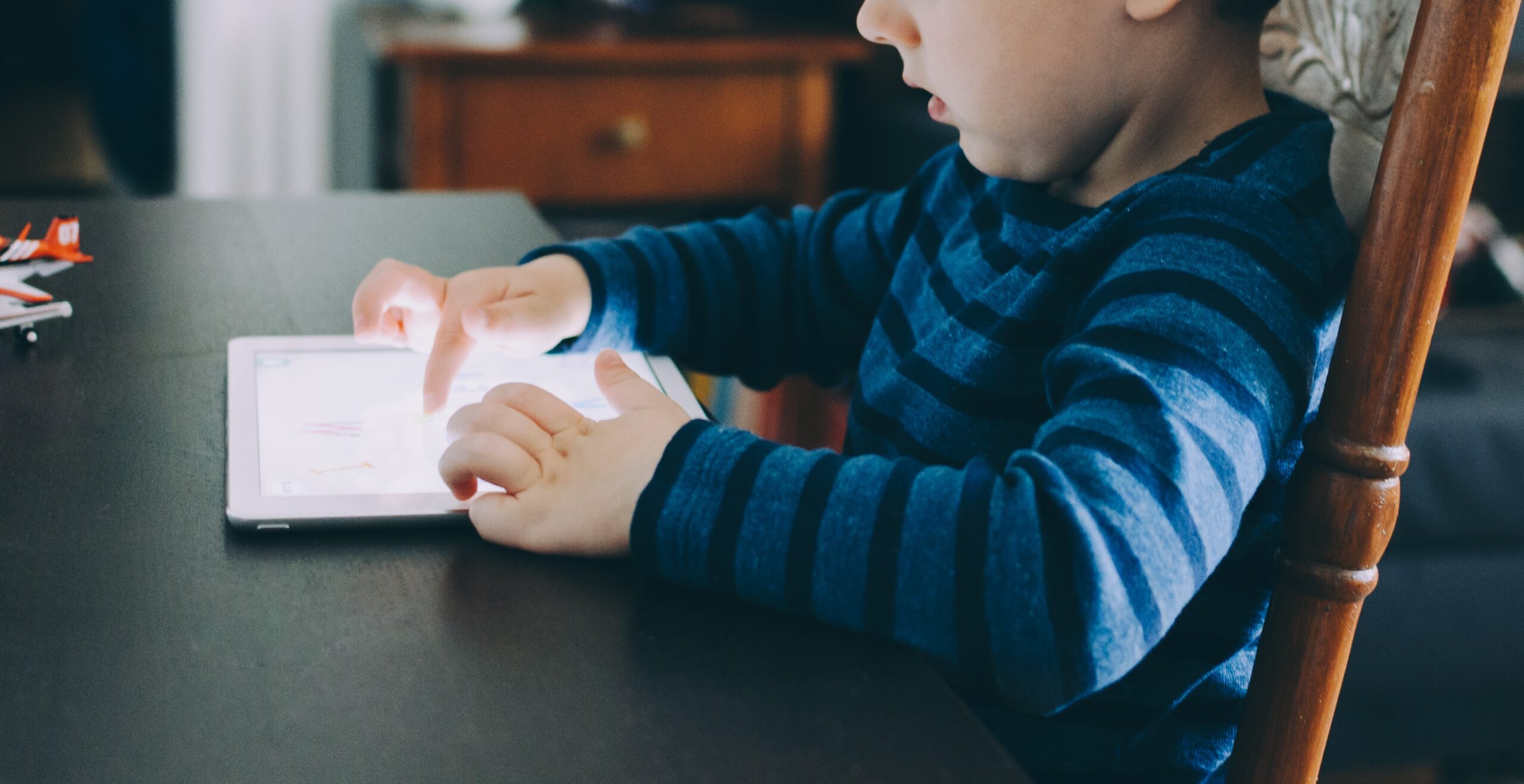Are you aware of the powerful social movement that has been sweeping through the US and beyond over the last few years? It’s called Black Lives Matter (BLM). If you’re new to BLM, here are five things you need to know about it and why it’s so important. So read on Ð this might just be the most enlightening five minutes of your day!
Introduction to BLM
BLM(Black Lives Matter) is a global organization dedicated to ending racism, violence and injustice against Black people. As a movement, it seeks to disrupt the present social order by creating a more equitable, sustainable, and compassionate community through constructive conversation, community engagement and direct action. With leadership teams in over 40 cities around the globe and members in over 40 countries, this organization is an effort to protect the lives of Black people everywhere by addressing systemic racism that is still rampant in our world today.
BLM has become the largest decentralized voice for Black liberation movements in recent history. This non-violent advocacy and direct action efforts are conducted to bring awareness to current state-sponsored violence against Black communities around world. As such, BLM initiatives have brought about changes in various public policies such as ending discriminatory law enforcement and advocating for criminal justice reform – all while being defunded by both parties at federal level.
This article provides five key aspects everyone should know about BLM: its history, current initiatives, leaders & activists associated with movement , funding models used & most importantly how you can support the cause!
History of BLM
The #BlackLivesMatter movement began in 2013, when three black female activists – Alicia Garza, Patrisse Khan-Cullors, and Opal Tometi – started using the hashtag #BlackLivesMatter as a call to action after the acquittal of George Zimmerman in the killing of Trayvon Martin. The founders wanted to respond to the many injustices against black people and create a way for people to unite online and take collective action.
Since its founding, #BlackLivesMatter has become a major force in American politics. It is now an international movement that seeks to end systemic racism, police brutality, and racial injustice. In recent years, its presence at rallies, protests, and marches across the United States has made its message loud and clear: that being black is not a crime.
#Blacklivesmatter has also been driven by other causes such as gender equality, justice reform for immigrants and LGBTQ rights. To bring attention to these issues, the group has been involved in various media campaigns: from holding rallies on social media; preparing demos outside courts; launching petitions on platforms like Avaaz or Change.org; or even starting their own radio station called Radio BLM – all with one goal in mind: transforming society into one where every voice counts equally.
Goals and Objectives of BLM
The mission of BLM is to eradicate white supremacy, interrupt the oppressive systems that exist in our society, and ensure the future freedom of all Black people. This effort is focused on defending and protecting Black life at a time when it has been threatened by the violence of state-sanctioned agents, police brutality, criminalization and mass incarceration. These goals are manifested in a number of ways including strategic protest actions such as rallies and marches; grassroots coalition building; social media campaigns; political education initiatives; demands for policy reform; local and global collaborations with allied organizations; targeting specific institutions; and creative self-expression. Moreover, use of hashtag activism (#BlackLivesMatter), serve as digital tools designed to expose human rights abuse against members of the African diaspora while holding decision makers accountable through public scrutiny over their policy making.
BLMs Impact on Society
BLM has had a significant impact on society since its inception in 2013. At its core, BLM is a movement that seeks to challenge and challenge racism in all its forms and promote systemic change. The movement’s mission is to “eradicate white supremacy and build local power to intervene in violence imposed on Black communities by the state and vigilantes.” This mission has engaged millions of people worldwide in advocating for the lives of Black people, addressing the need for anti-racist policy reform, equal opportunities for education, economic justice, and health care equity, as well as an end to state-sanctioned violence.
BLM has become an cultural icon that identifies with Black communities around the world, united by a commitment to address inequality and racism within their own societies. Through protests organized at various levels in cities around the world such as London & New York City; articulating black experiences through television and movies such as Rent & Blinded by the Light; organizing solidarity marches such as one held in Paris; or advocating for justice through funds such as Reclaim The Block: BLM has become intertwined into our everyday social life.
In addition to art and activism, representing a larger anti-oppression movement BLM has also been successful at influencing public policy changes. Some examples include police reforms such as retraining officers on de-escalation techniques or improving recruiting standards that stated background checks must include domestic abuse records; increased civilian oversight of law enforcement departments; investigations into police excessive force complaints; improved reporting requirements after police related incidents occur such improvements have been seen at both federal levels with states taking steps to progressively implement them despite political resistance from lawmakers or local activist groups who are challenging entrenched systems of oppression.
The mainstream success of BLM demonstrates how powerful this grassroots coalition created to fight institutionalized racism can be when people come together. In turn this provides hope that individual activists can enact meaningful change regardless how long it takes but what’s clear is more work needs done moving forward so we can realize BLMLives Matters vision true justice for black people everywhere.
BLM’s Relationship to Other Social Movements
The BLM movement is one of the most powerful vocal groups of this era. While the key agenda and focus are specific to race-related issues and anti-racism, the movement has close ties with multiple other social movements. From LGBTQ+ activism to reproductive rights, BLM activists have voiced their unwavering support for a variety of social justice causes, like those preventing police brutality toward historically targeted communities and advocating for a more humane criminal justice system.
In addition to intertwining itself with other activist movements, BLM has also pushed reformative policies in various governments around the world ranging from education reform initiatives to prison divestment campaigns. Their strong call for transformation does not end with a few public demonstrations; rather it is systemic change that they rally towards in order to bring about meaningful change in society. Efforts such as these provide tangible solutions that can aid those hoping to create an equitable world free from discrimination or bias based on social identity characteristics.
For instance, Black female activists have been influential in many aspects of BLM activities, particularly concerning organizing or operating levels within national chapters as well as continuing pushback against misogynoir and rape culture within communities affected by police violence or profiling — providing essential voices in support of intersectional change through identity-based coalitions and legislative interventions on an international scale. As one example of this work, members of the Movement for Black Lives Coalition have organized a series of local town Halls throughout parts of America in order leverage communal connection toward harm reduction efforts related specifically to police brutality on people of color – tackling injustices at the grassroots level up through policy-level impact .
Ultimately, this relationship between BLM and numerous other forms of liberation present us with an opportunity to stand united across all lines , transforming silence into action towards progress — making it clear that our fight is not only against racism but rather all forms oppression inter connectedly.
BLM’s Strategies for Change
BLM is a social justice movement striving for an end to systemic racism and violence against African Americans. The movement has advanced a comprehensive approach to advocating for justice, mobilizing grassroots movements and inspiring meaningful international change. Here are five things you need to know about BLM’s strategies for achieving equity, safety and autonomy for Black people:
1. Policy Change: BLM applies pressure on policy makers at all levels of government to introduce new laws or modify existing ones that guarantee basic human rights and protections for African Americans. It also mobilizes citizens to urge their representatives to more effectively oppose police brutality, criminalization of poverty and other discriminative practices that prevent Black people from reaching their full potential.
2. Political Action: By amplifying the voices of activists on the frontlines of the fight for racial justice, BLM provides training in civic engagement processes necessary for building lasting solutions that address systemic oppression in communities across the United States. It encourages individuals to participate in demonstrations, peaceful protests, electoral campaigns and other direct action events in order to help shift entrenched political power structures that marginalize African Americans at all levels of society.
3. Investing in community-based organizations: By increasing investments in local organizations, including non-profits providing direct services such as after-school programs or health care access, BLMB quickly aims to improve economic opportunities available within communities facing entrenched poverty due to generations of systemic discrimination . Additionally, it raises visibility around issues impacting people belonging marginalized groups by providing funds which enable them create collective displays of pride and self-determination while promoting their culture and heritage within their community spaces
4. Accountability System Development & Training: Through the Creation Of A Comprehensive System Of Internal Standards And Processes BLMBlack Lives Makes accountability towards communities efforts a priority ensuring true collaboration between movement participants by establishing clearly defined roles such as financial intermediaries or culturally competent mediators taking into account indigenous knowledge systems when developing innovative solutions
5. Grassroots Organizing Platforms & International Support Network: In order To Expand The Reach And Impact Of The Movement Beyond National Borders BLM Provides An Online Global Network As Well As Support Platforms To Facilitate Cross Cultural Coalitions Cultivating Partnerships With Groups Across Europe Africa South America Etc To Leverage Amplification Techniques Such As Social Media Campaigns Or Public Demonstrations To Draw Attention To Common Issues And Develop Solutions Together
BLM’s Challenges and Criticisms
BLM is an international movement for human rights and racial justice, with hundreds of local chapters advocating for the liberation of African American people across the world. The movement has achieved several legislative victories in recent years, however it has also been met with numerous challenges and criticisms both from within its own ranks, as well as from outside parties.
One major challenge BLM faces is a lack of unified leadership. Since the movement relies heavily on decentralized organizing, there are several individual groups and organizations who claim to act in its name, but which may not always be in alignment with its core platform. This makes it difficult to ensure that universal goals are being achieved or that strategic decisions are being made in service to the broader cause. Along these same lines, some have criticized BLM’s lack of a detailed policy agenda or often unclear path forward towards achieving any concrete goals beyond social awareness.
Questions have also been raised about how well-funded the organization is and how efficiently funds are being allocated among existing chapters. Since each chapter works independently from one another and receives donations directly for local efforts, there is no unified accounting system for tracking financial resources within the larger organization. There has also been criticism of certain tactics used by certain chapters namely aggressive protest movements which have often alienated supporters due to their militancy or violence-oriented messages.
Finally, opponents of BLM have attempted to discredit their work through accusations of undeserved activism or attention focused on a single group while disregarding other marginalized communities which they believe deserve equal recognition ignoring claims that advancements in one group benefits all equally affected minority persons as a whole. Despite these criticisms, however, communities around the world continue to support efforts articulated by BLM Black Lives Matter under its mission seeking justice and liberation for African Americans everywhere across the globe.
Ways to Support BLM
Black Lives Matter is a broad movement focused on dismantling oppressive systems and providing safety for Black people. As a collective, BLM works to protect the rights of Black people all around the world, heighten visibility of racial injustice, hold leaders accountable, and create meaningful systemic changes in areas that affect the Black community.
If you are looking for ways to support BLM, here are five things you can do:
1. Educate yourself: Take time out of your day to research Black history and read up on recent civil rights cases. Proactively seek out knowledge to better understand the fight for equality and the discrimination that continues today.
2. Support organizations in your area: Many Black-led organizations are grassroots initiatives focused on supporting communities with tangible action reachable goals and accessible resources that can be enhanced with your help. Make sure your voice is being heard both financially and politically at local levels with signature drives or petitioning efforts.
3. Speak Up: We must break down barriers and empower citizens at all levels to demand a cohesive effort against racial injustice through active engagement within our own social circles or networks, which will create an encompassing communal growth everyone can feel proud of.
4. Amplify Your Platform: Use whatever platform you have available to share stories talking about issues involving race as well as celebrating active successes by incarcerated citizens or even everyday heroes making an impact big or small in our neighborhoods.
5 . Vote: Awareness is not enough; it’s imperative for us to use our voices in a way that puts power back into our pockets through making voting easier for anyone who has been historically disenfranchised due to voting laws designed decades ago with ill intentions by those wanting keeping certain voices silenced at all cost so cast your ballot accordingly!






